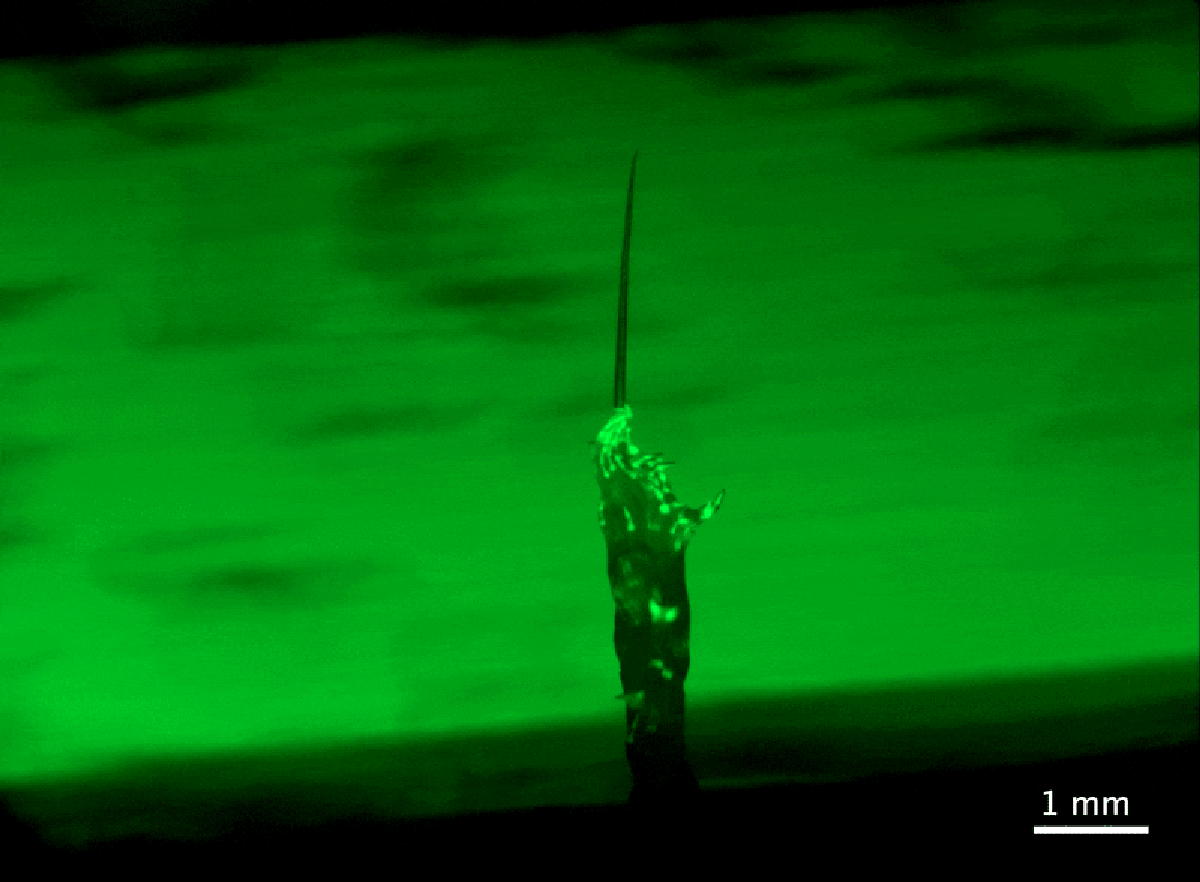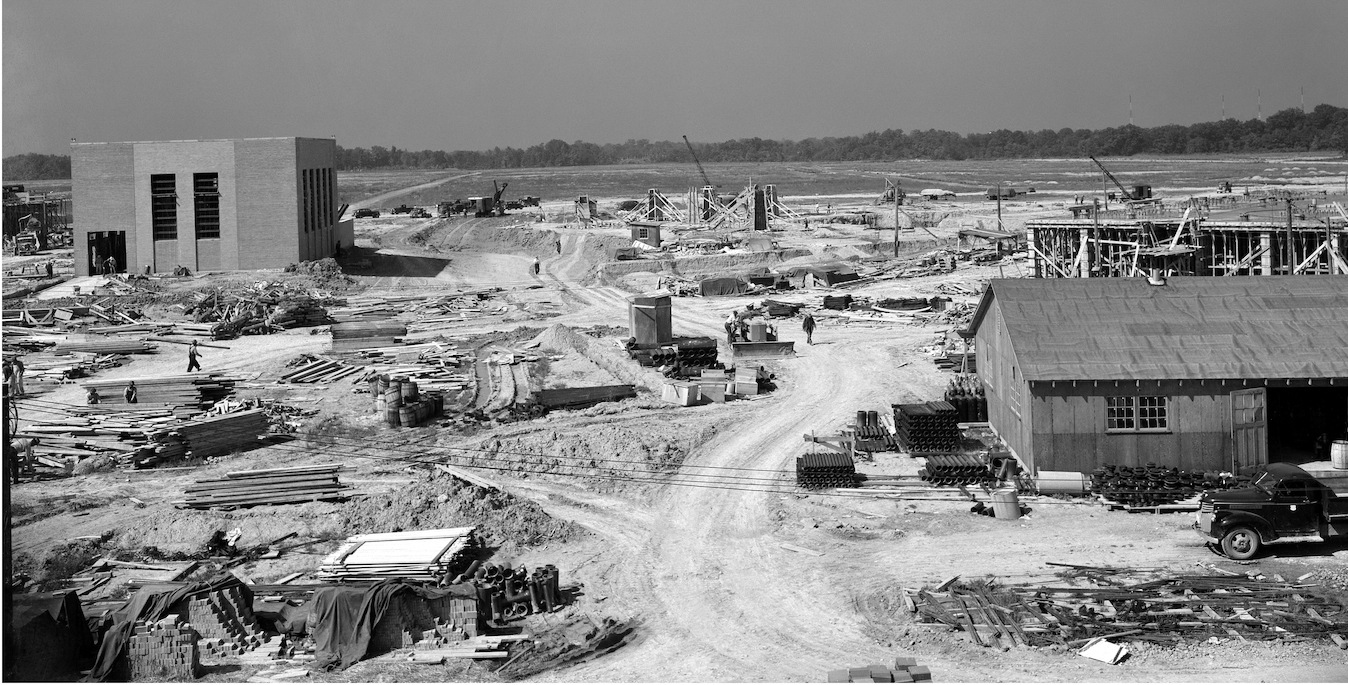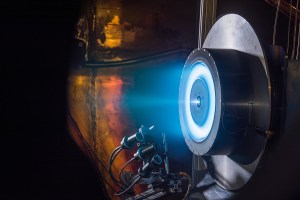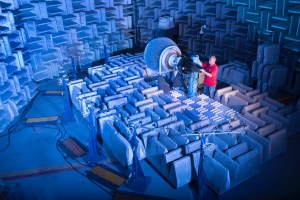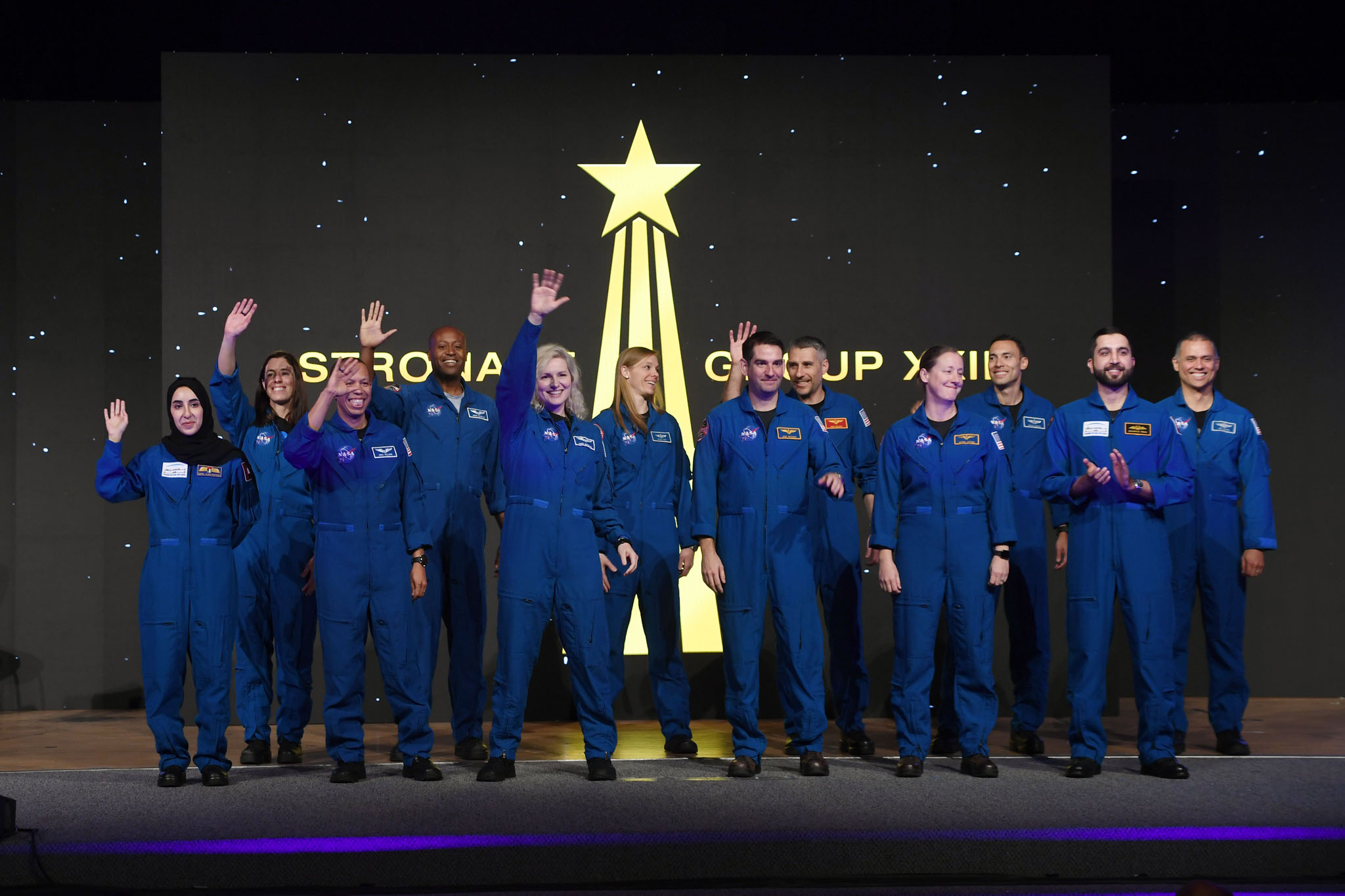1942: Engine Roars to Life in First Test at Future NASA Glenn
In a crowded control room on May 8, 1942, National Advisory Committee for Aeronautics (NACA) leaders George Lewis and John Victory pushed a button and spun a crank that activated a massive piston engine in the adjacent test cell of the Engine Propeller Research Building (EPRB). This commenced the first test conducted at the NACA’s […]
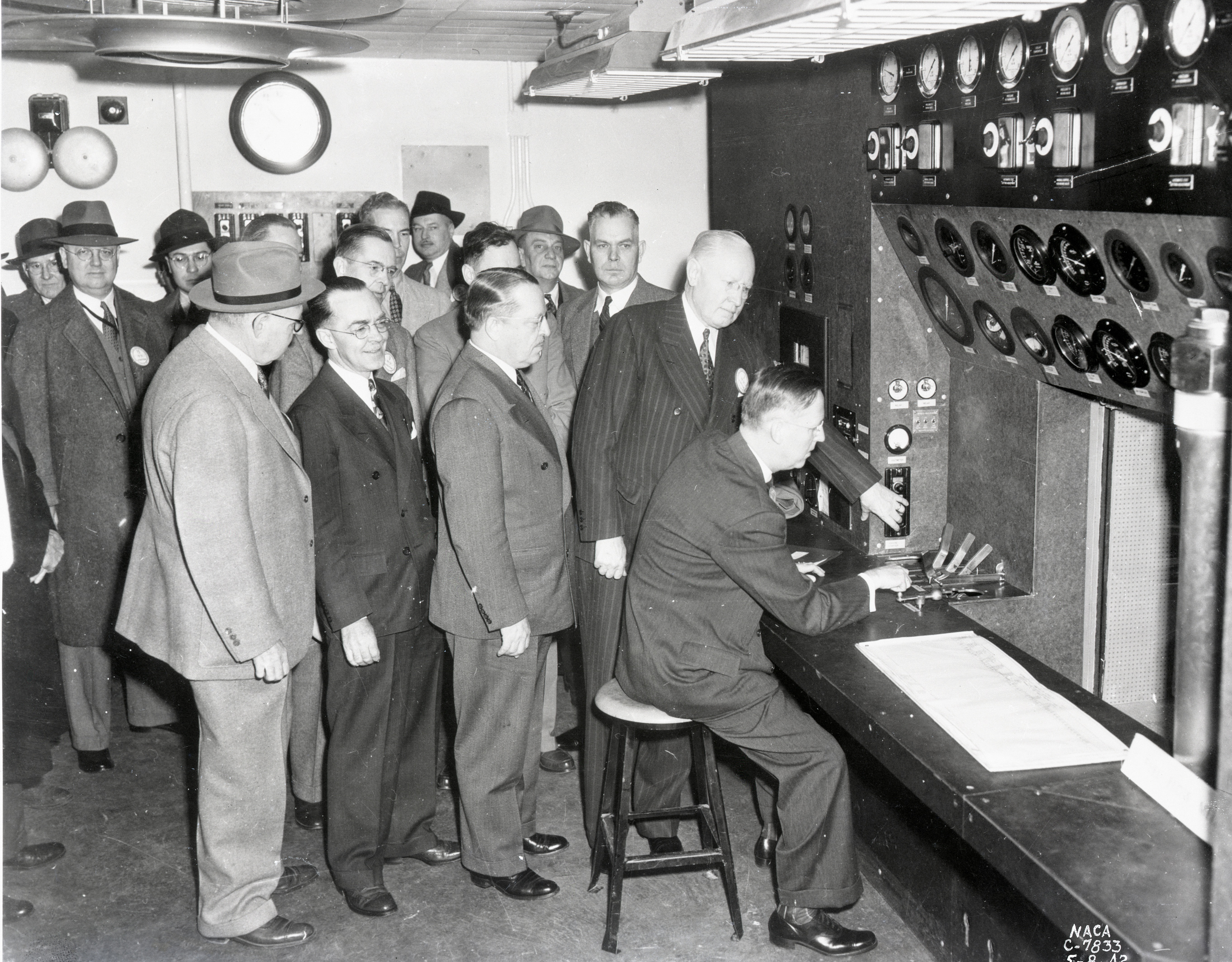
3 min read
Preparations for Next Moonwalk Simulations Underway (and Underwater)
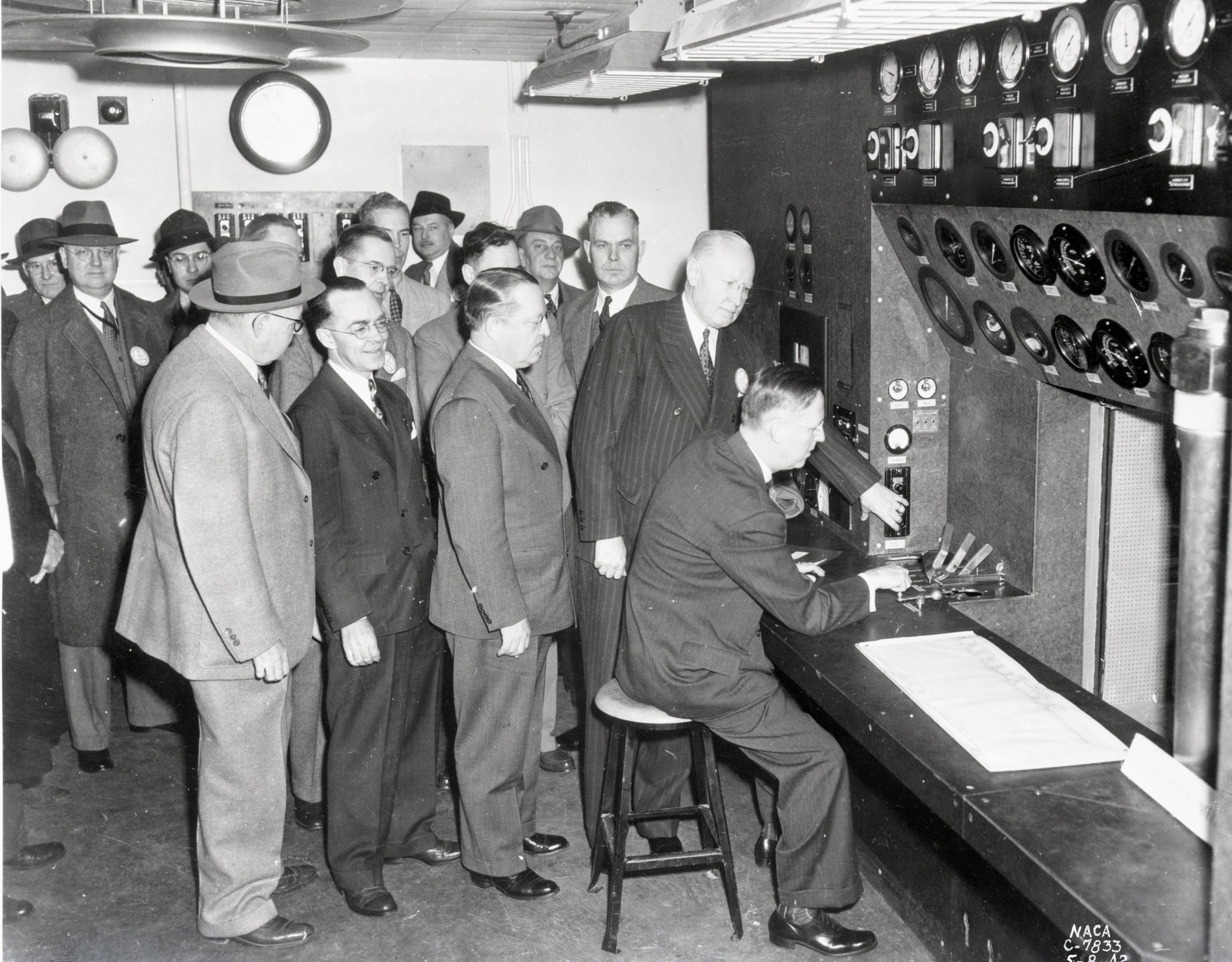
In a crowded control room on May 8, 1942, National Advisory Committee for Aeronautics (NACA) leaders George Lewis and John Victory pushed a button and spun a crank that activated a massive piston engine in the adjacent test cell of the Engine Propeller Research Building (EPRB). This commenced the first test conducted at the NACA’s Aircraft Engine Research Laboratory (today, NASA’s Glenn Research Center) in Cleveland.
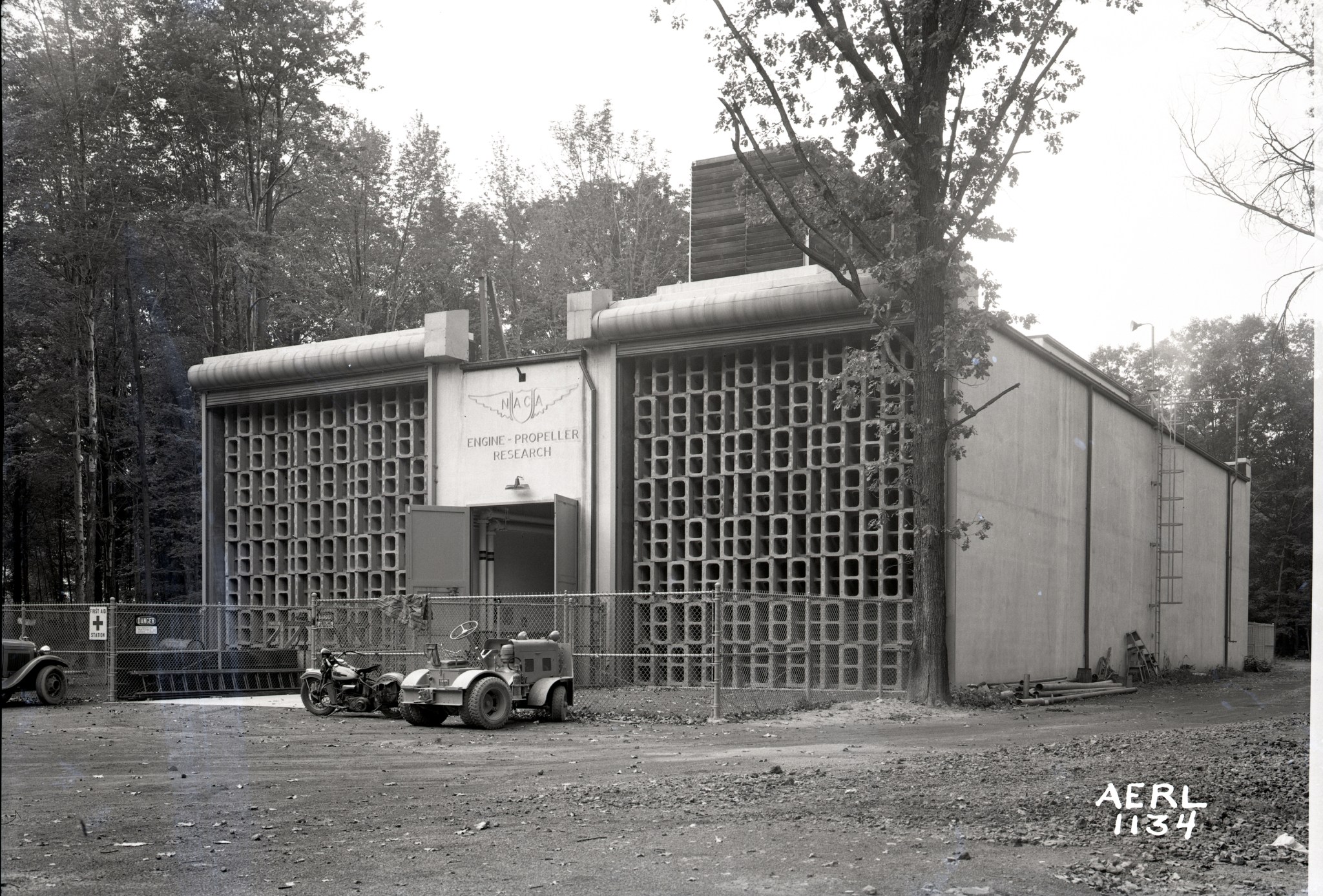
The event was a key milestone for the United States during the otherwise troublesome period that followed the Pearl Harbor attack. Japan’s rapid seizure of large swaths of the Pacific and its capture of 15,000 U.S. troops increased pressure on the NACA to complete its new laboratory. The military needed the new laboratory, whose construction was behind schedule, to improve engine cooling, turbo-supercharging, and fuels for its aircraft, including the revolutionary new Boeing B–29 Superfortress. Besides the EPRB, the hangar was the only other building completed in the 15 months since ground was first broken at the Cleveland site.
Guests coming from Washington, D.C., to witness the first test arrived at the hangar shortly after 9 a.m. that day. They were soon joined by local officials and invited members of the press. Just before 10 a.m., they piled into cars and were driven through the mud to the EPRB, where engineer Arnold Biermann and head mechanic Melvin Harrison had a Wright R-2600 Cyclone engine ready to run. Local politicians and other NACA officials looked on as Lewis and Victory initiated the test, an evaluation of lubricating fuels. Once activated, the engine roared, and banks of instrumentation began capturing the test data for the research engineers.
Afterward, construction manager Raymond Sharp gave the group a tour of other construction sites at the lab. They then departed to the Union Club downtown for a luncheon, where Victory noted, “We are losing this war at present, and the steel we need for this laboratory is also needed for destroyers in the Atlantic and boats in the Pacific. If the powers that be decide that the steel is more valuable elsewhere in the war effort, we may never finish it.”
Just days later, however, Henry “Hap” Arnold, Commander of the U.S. Army Air Forces, recommended that completion of the laboratory should be prioritized. Congress allocated additional funding, the military provided the necessary supplies, and contractors were pressured to meet their deadlines.
These measures spurred significant progress at the new laboratory. Over the following year, additional facilities were completed, and large groups of employees transferred to Cleveland from Langley Memorial Aeronautical Laboratory (today, NASA’s Langley Research Center in Hampton, Virginia). The effort paid off and, in the end, the NACA met its original deadlines. A formal dedication of the new laboratory took place on May 20, 1943.
Keep Exploring:
More About NASA’s Glenn Research Center
NASA Glenn’s Arrival in Cleveland
Bringing the Future Within Reach—Celebrating 75 Years of the NASA John H. Glenn Research Center
What's Your Reaction?


















